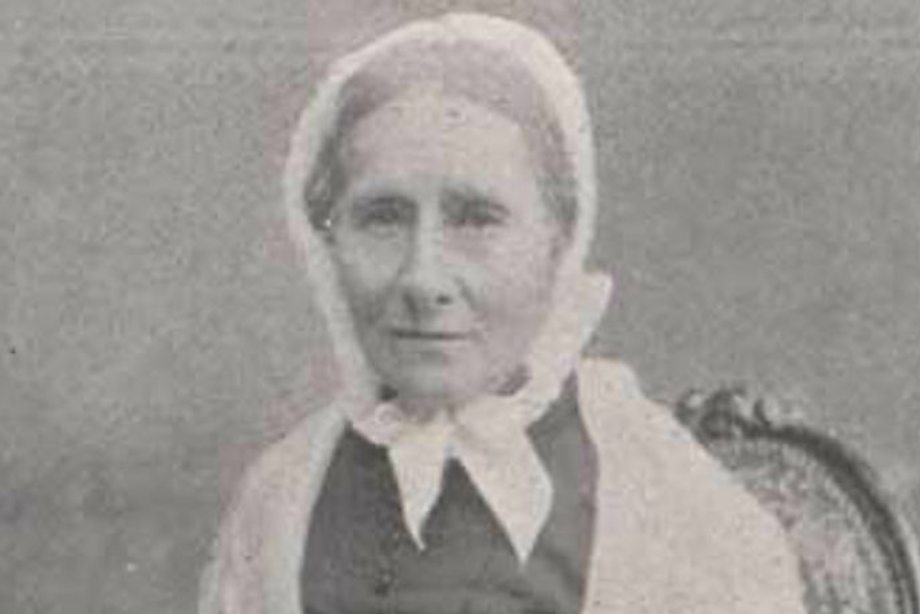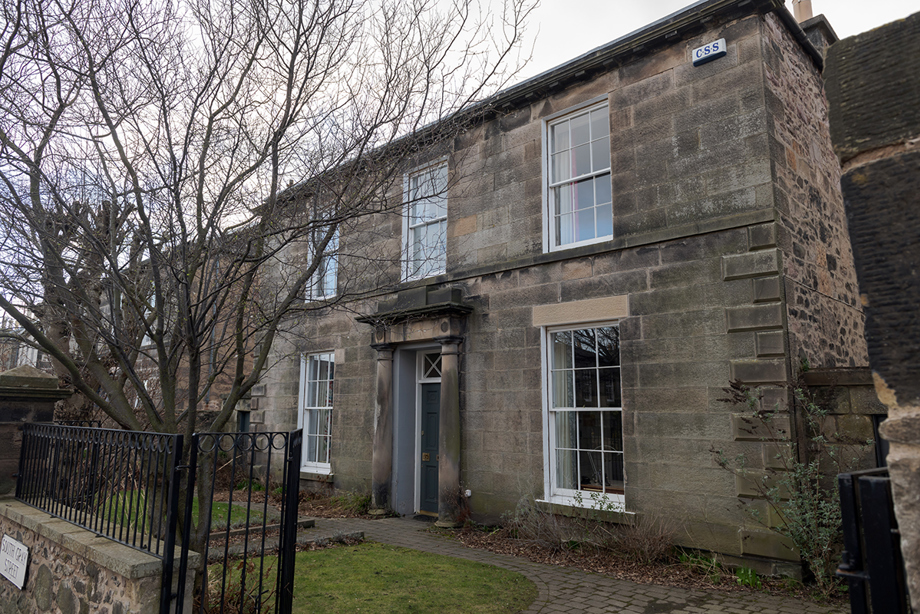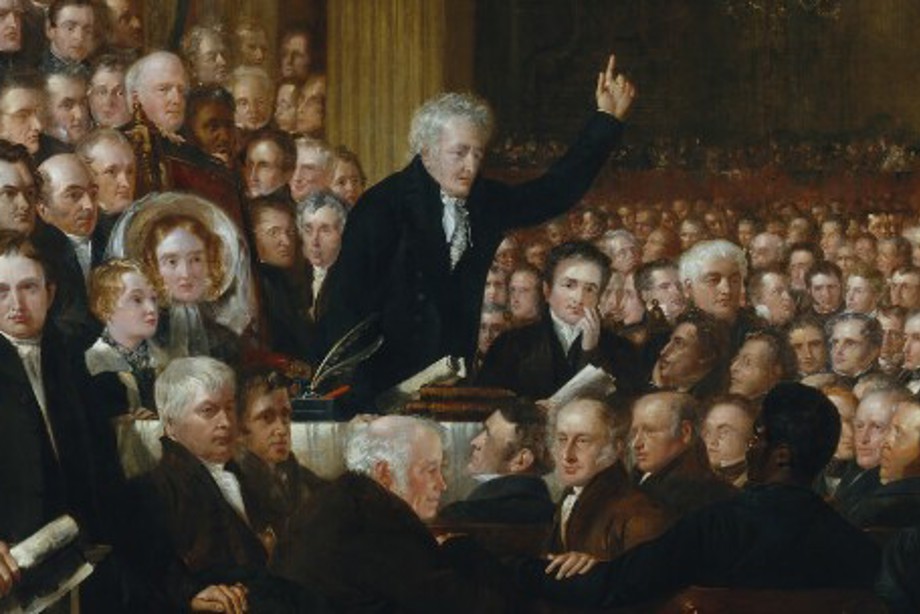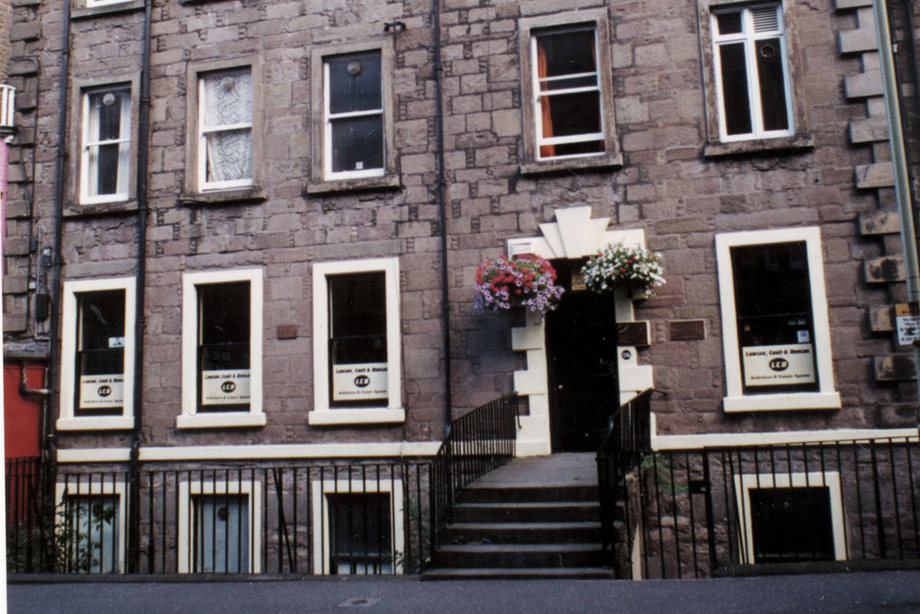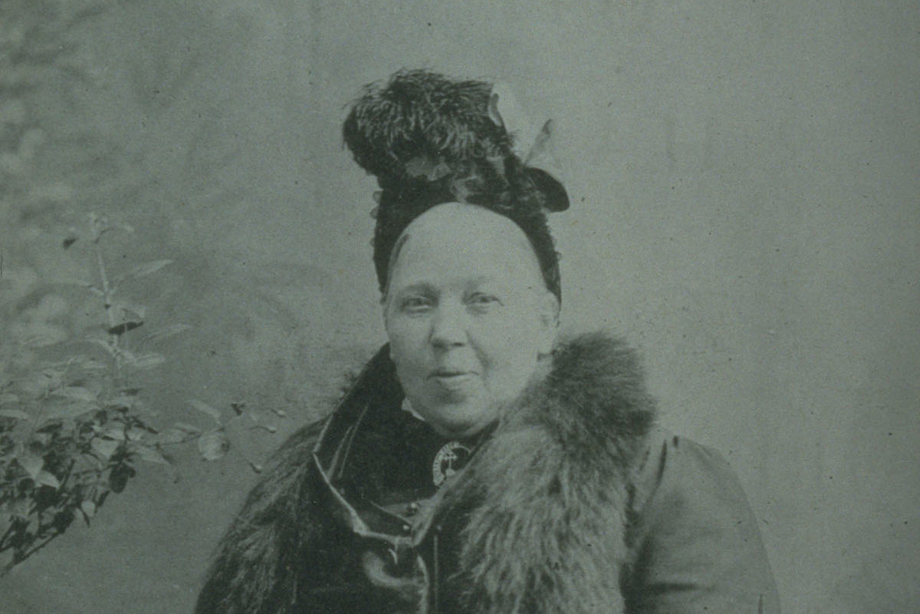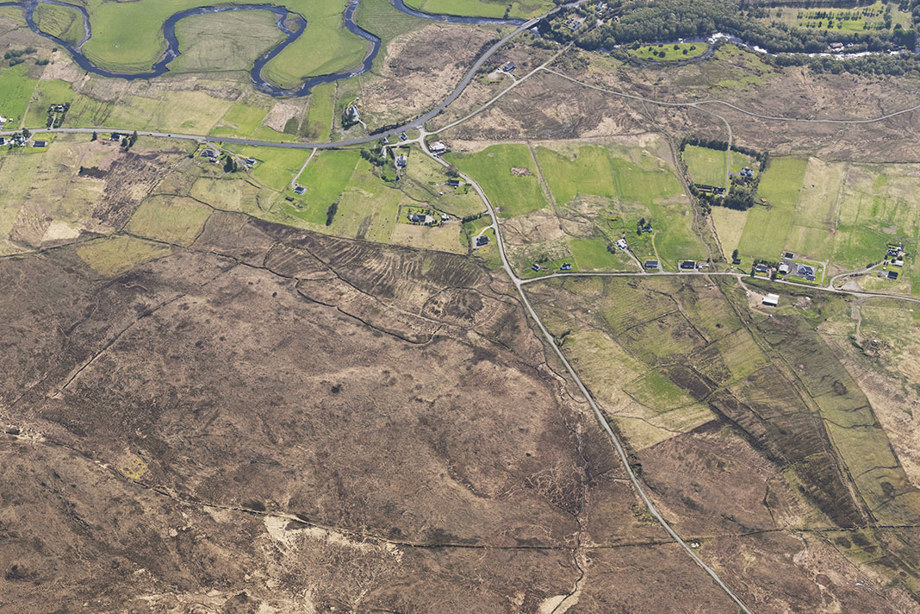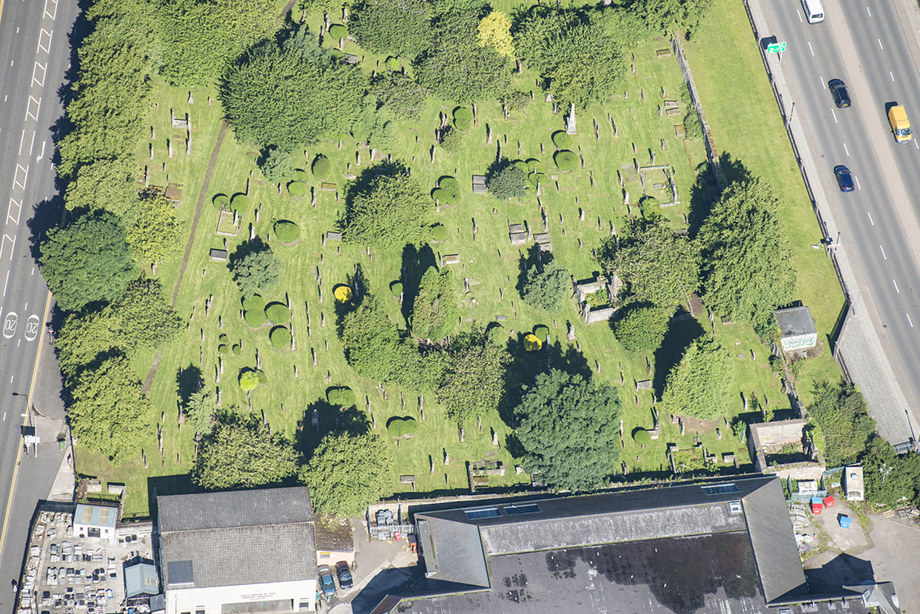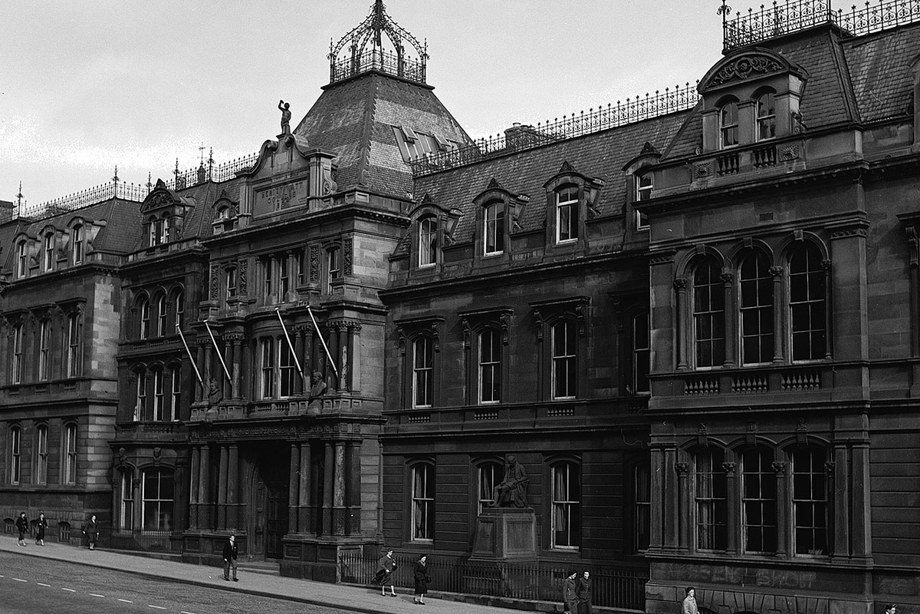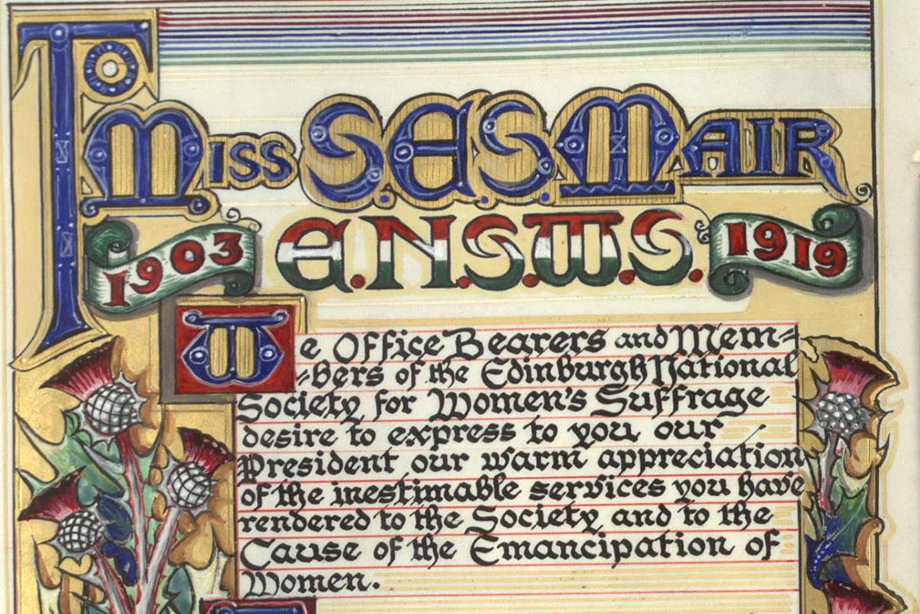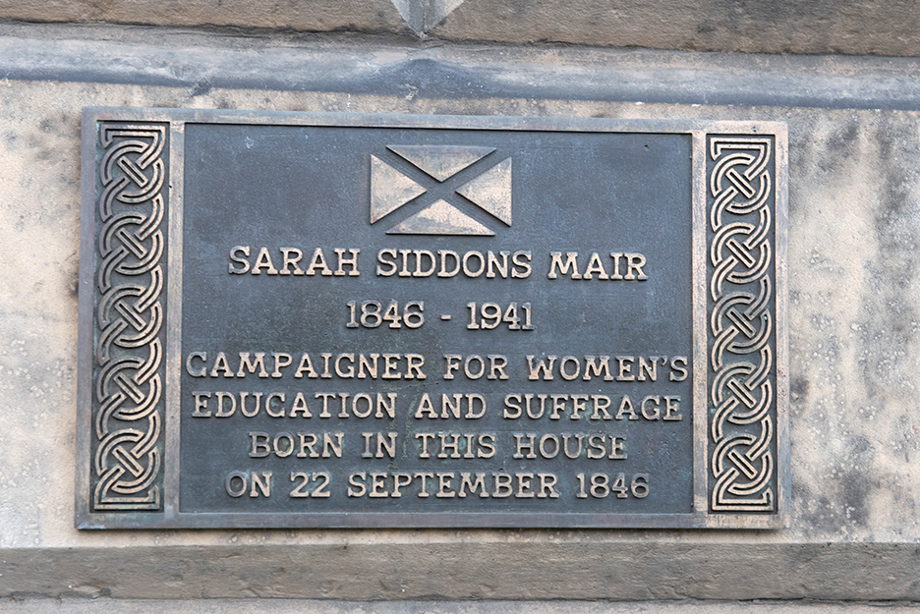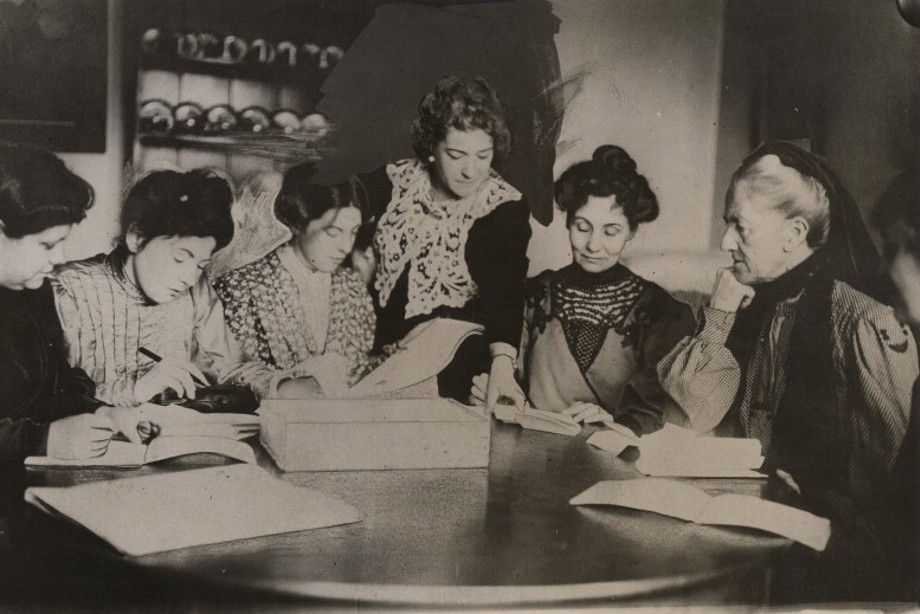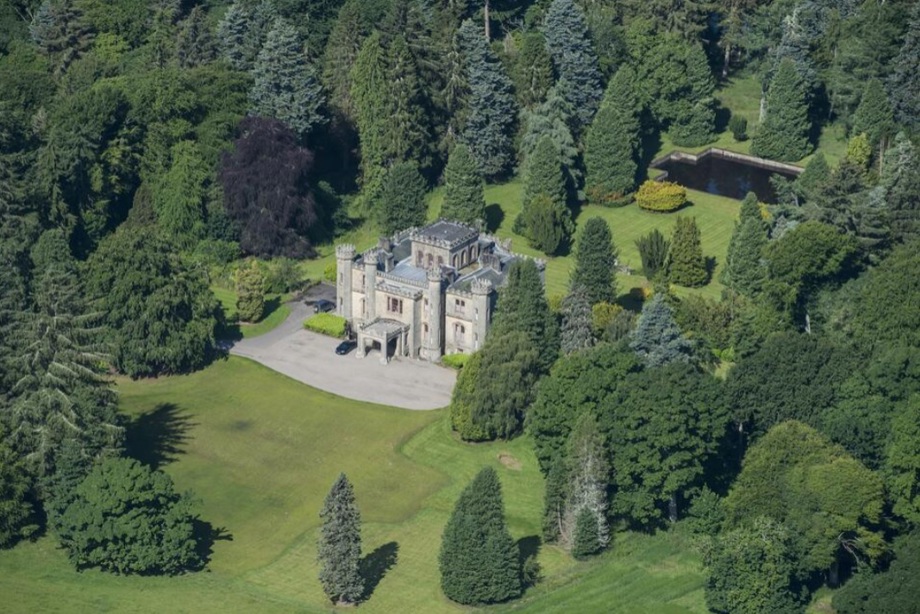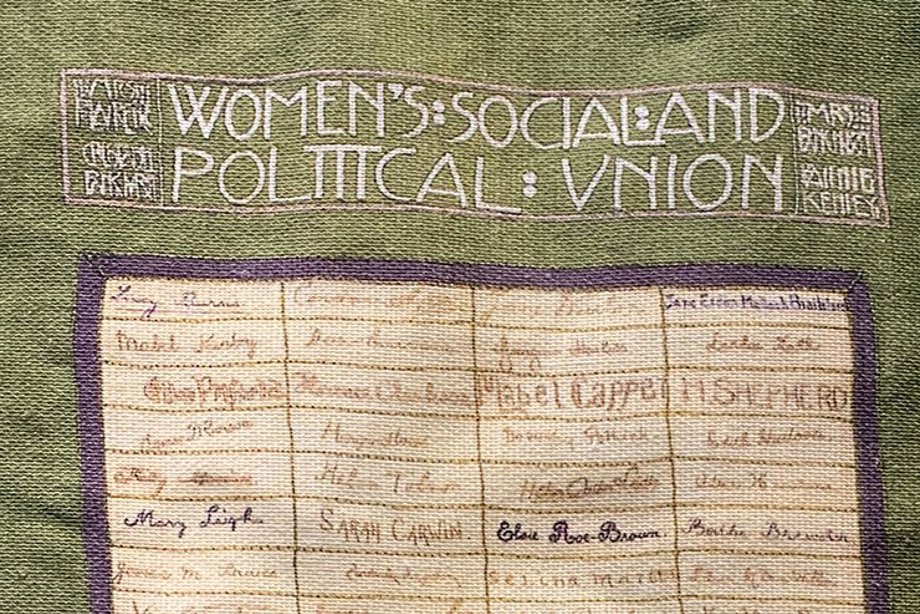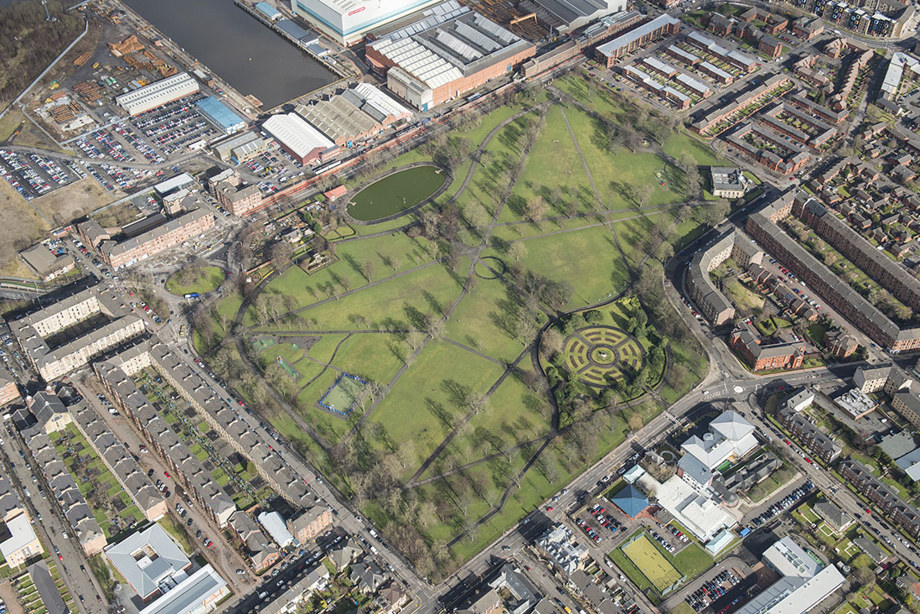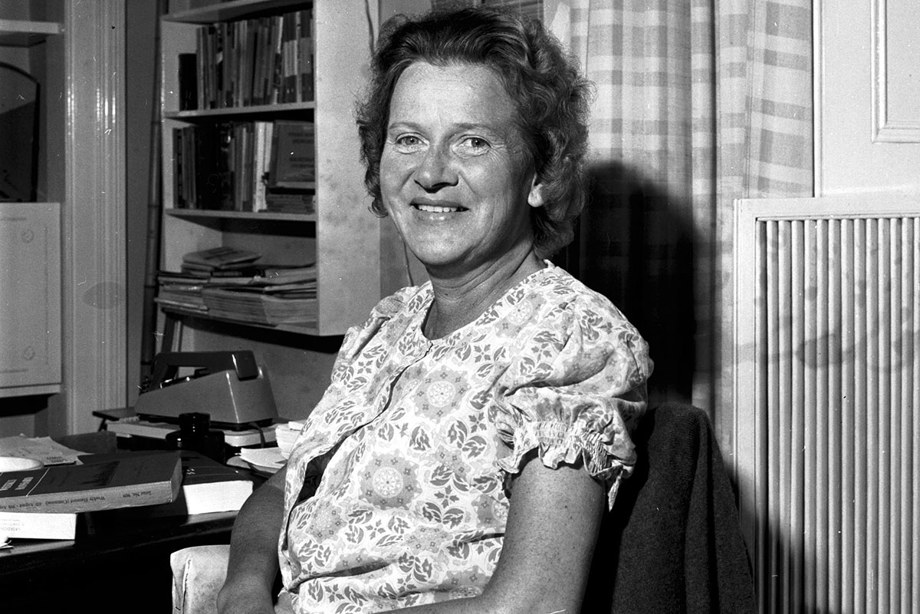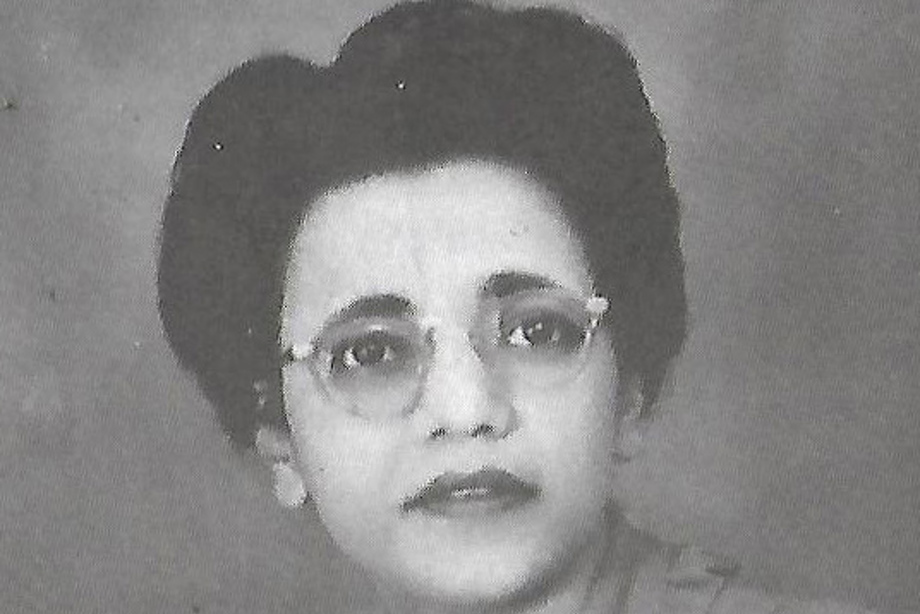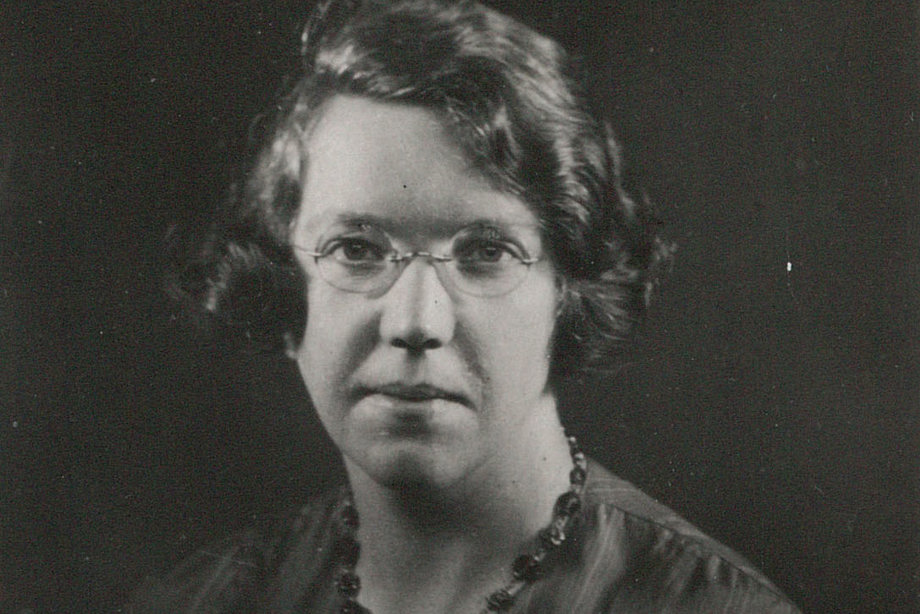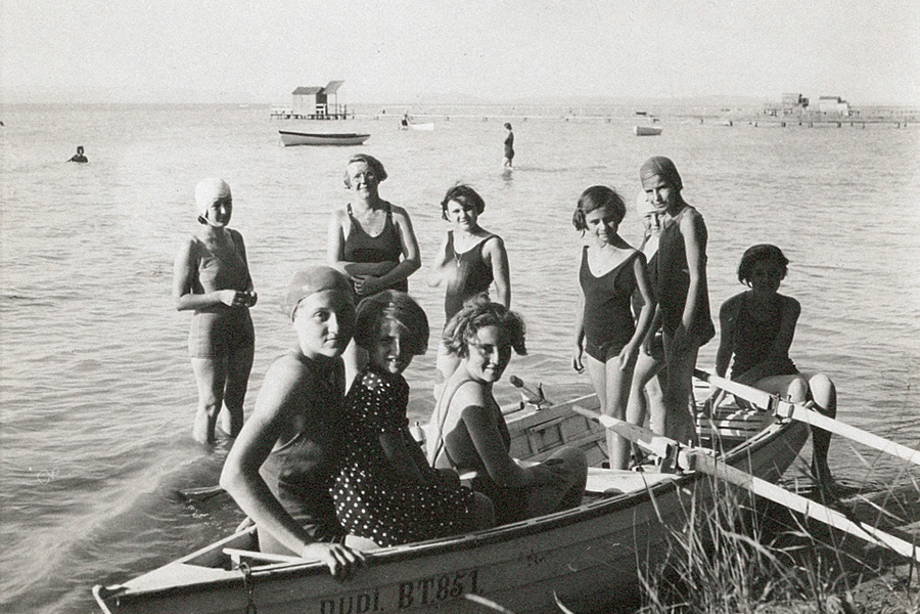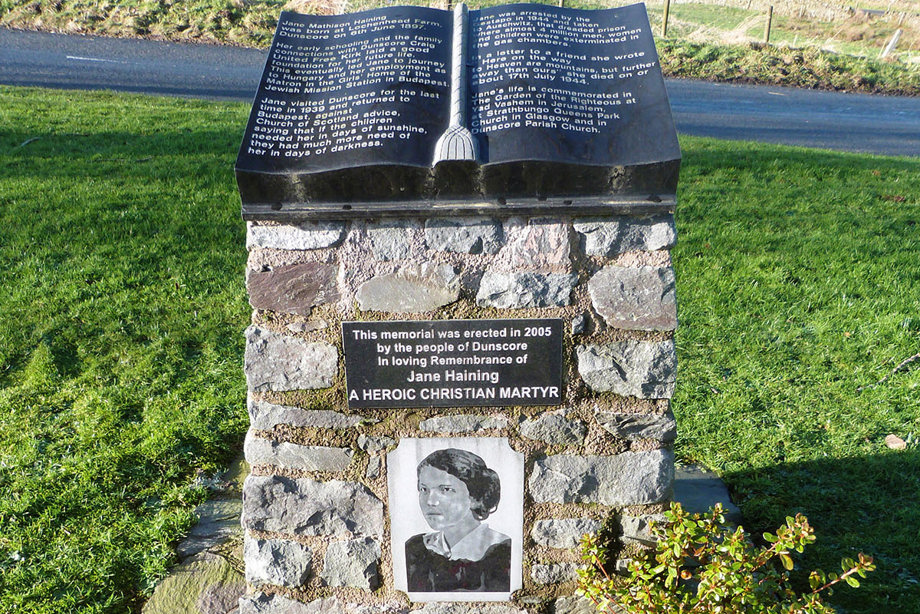Racism. Sexism. Discrimination. All challenges faced by women for centuries.
But over the centuries, women have fought against these inequalities to make life better for themselves and others. Among them were daughters of wealthy merchants and granddaughters of widowed shopkeepers. Some were born in castles, others on farms.
All faced challenges in their lives. For some it was the challenge of being a woman in times when gender inequality was so deep that they had few professional, political or legal rights. Others were challenged by the ruling political systems of their day, like apartheid or the raise of National Socialism and the Nazi Party.
Suffragist names like Emmeline and Christabel Pankhurst are recognised and celebrated all over Britain, but the names of these women connect us to different parts of Scottish history.
Most were born in Scotland, some came to our cities to study or to pursue their professional careers. But their impact stretched far beyond Scotland’s shores. These activists and campaigners found their voices in speaking, writing and serving in the name of progress.
Their words and actions helped change the world.
Eliza Wigham (1820 - 1899)
A Quaker woman, Eliza Wigham campaigned for the abolition of slavery and for women’s rights.
Wigham was born in 1820 in Edinburgh and lived most her life at 5 South Gray Street. When she was 20, she attended the World Anti-Slavery Convention in London. While there, she discovered that women could not be full convention delegates.
In response, Wigham helped establish the Edinburgh chapter of the National Society of Women's Suffrage. They met in various locations including Queen Street Hall and the Literary Institute.
Wigham also campaigned against laws permitting forced medical examinations on women who were suspected of prostitution.
She continued to write against slavery and helped to strengthen the British public’s support of the United States fighting against the Confederacy.
Fanny Wright (1795– 1852)
Fanny Wright was a Scottish abolitionist, social reformer, public speaker and agitator for women’s rights. Living across three countries, she was well-known for her life and experiences.
She was born at 136 Nethergate, Dundee, in 1795 and, when she was 26, Wright wrote about her experiences travelling in the newly-independent United States for three years. During that time, she became good friends with the Marquis de Lafayette and Thomas Jefferson.
In 1825, Wright bought a large tract of Tennessee wilderness to start a Utopian settlement with high ideals, like slaves buying their own freedom. Although the settlement failed when she fell ill and struggled with a long custody battle, Wright went on to be a very popular public speaker and writer in the United States, Britain and France.
Mary MacPherson (Màiri Mhòr nan Òran) (1821-1898)
Mary MacPherson, known as Big Mary of the Songs, was a Gaelic poet, songwriter, and advocate for land reform.
MacPherson was born in Skeabost, Skye. She spent time living in Inverness and Glasgow but the love she held for Skye can be found in much of her work. Although her songs were composed in Gaelic, MacPherson never learned to write in her own language as education in Gaelic was not made easily accessible in her lifetime. Her songs had to be transcribed.
She began composing late in her life after being imprisoned on a charge of theft in 1872. However, MacPherson always insisted upon her innocence. Perhaps because of this event, many of her songs focus on the injustices she saw happening around her.
Songs of Protest
After her release from prison, MacPherson trained and worked as a nurse in Glasgow. She also became involved with the Highland Land League and campaigning for the rights of crofters who were being evicted from their homes.
She attended and sang at gatherings in Glasgow. Her songs often centred around current events and were a way to communicate information about the Land Agitation movement amongst Gaelic speakers.
Mary MacPherson died in Portree in 1898. She is buried in Chapel Yard Burial Ground in Inverness where the politician Charles Fraser Mackintosh, who she supported in her songs, erected a monument to her. A plaque at her final home in Skye commemorates her life.
Mary Burton (1819 – 1901)
Although she died in 1901, Mary Burton’s legacy is still felt today.
Burton was born in Aberdeen but lived most of her life in Liberton Bank House, Gilmerton Road, Edinburgh. She bought slum buildings in order to improve them and the lives of her tenants.
Records reveal Burton’s early and unsuccessful fight in court for the right to vote, but it is her achievements in education for women and the working classes that she is best remembered.
Burton successfully campaigned for women to be admitted into Heriot-Watt University, almost 25 years before legislation was enacted to do this. She also became the University's first woman governor.
Today, Heriot-Watt has both a building and a fund for female students named after her.
Sarah Siddons Mair (1846–1941)
Sarah Siddons Mair was born in 1846 and her family home at 29 Abercromby Place became the headquarters of the Ladies' Edinburgh Debating Society for many years.
The society allowed women to gather and promote women’s suffrage and education reform. Mair was passionate about both.
In 1888, she was instrumental in founding St George's School For Girls in Edinburgh, the first girls' school in Scotland to offer the same curriculum as boys’ schools, all the way up to university entrance standard. When Scottish universities finally began to admit women in 1892, St George's students were among the first graduates.
A keen chess player, Mair set up the Edinburgh Ladies' Chess Club at 4 Hope Street in 1904. Three years later, she became president of the Edinburgh National Society for Women’s Suffrage.
Flora Drummond (1878 - 1949)
Standing at 5 foot 1, Flora Drummond became known as “The General” to her fellow suffragists.
Drummond was born in 1878 in Manchester but grew up in Pirnmill on Arran where her mother was from. When she earned her qualifications to become a postmistress, she was denied because she was one inch too short.
As a suffragist and a member of the Women's Social and Political Union, “The General” marshalled huge women’s rights demonstrations in London and Edinburgh, usually wearing a military style uniform.
Drummond was arrested a total of nine times and became known for daring activities. She once even slipped into 10 Downing Street, and on another occasion, hired a barge so she could shout at MPs from the Thames!
Marion Wallace Dunlop (1864 – 1942)
Marion Wallace Dunlop was the first suffragist to hunger strike. Her actions meant she became frontpage news globally.
Born at Leys Castle, near Inverness in 1864, Marion was a talented artist, exhibiting at the Royal Academy three times. But she is most well-known for her 1909 arrest after printing a suffragist slogan on the walls of Parliament in Westminster. Using her initiative to continue her protest while in prison, Dunlop went on a hunger strike after being refused political prisoner status.
Following Dunlop’s actions, suffragists adopted the hunger strike as their official policy even after the government started the horrors of force-feeding those refusing food. This helped gain public sympathy for women suffrage and remains synonymous with the British women’s rights movement of the early 20th century.
"My action was political and had a political motive and no other. It was wilful, if you please, because I certainly intended to do it, but it was not wilful damage, because I did not, and still do not, consider that the walls of the House of Commons have been damaged by what I have done."
Ann Macbeth (1875-1948)
Ann Macbeth was not only a silver medal winning artist who exhibited her crafts internationally, but also a political activist.
She studied under artist Jessie Newbery and took over from her in running the embroidery department at Glasgow School of Art. Macbeth also believed in the principle of affordable design and made use of widely available materials for dressmaking. She encouraged women to make a living from their arts and crafts skills.
Macbeth used her embroidery for activism by making banners for the women’s suffrage movement. She went to prison and was force-fed because of her militant campaigning for the right to vote.
Her Edinburgh Suffrage Banner of 1909 won international medals and her Holloway banner featured the hand-stitched signatures of 80 women who went on hunger strike.
Isabella (Ure) Elder (1828 – 1905)
Isabella Elder was a philanthropist who took an interest in promoting the opportunities for women in higher education.
She married successful shipbuilder John Elder. Upon her husband’s sudden death in 1869, Elder ran his business at Fairfield Shipyard in Govan for nine months. Eventually, John Elder & Co was transferred to a partnership led by her brother.
A capable woman, Elder devoted herself to philanthropic projects and is best known for her contributions to improving the health and welfare of the people of Govan. She purchased 37 acres of ground near the shipyard and had it laid out as a public park, Elder Park.
In 1885, she set up a School of Domestic Economy for young women and made many educational endowments to Glasgow’s colleges and universities.
Dr Margaret Blackwood MBE (1924 - 1994)
Margaret Blackwood overcame physical challenges to fight for the rights of the disabled. An organisation she founded continues to support disabled people improve their quality of life today.
Blackwood was born in 1924 in Dundee. At the age of 14, she was diagnosed with muscular dystrophy.
Told her career options were knitting or making lampshades, Blackwood faced decades of despondency until she heard of an English woman starting the Disablement Income Group (DIG). Inspired, Blackwood founded DIG Scotland in 1965, then the Margaret Blackwood Housing Association in 1972.
A vocal campaigner for the disabled, Margaret would shout at politicians, "You haven't mentioned the disabled! Are we a dirty word?"
Today, her charity is Blackwood Homes and Care. It operates over 1500 homes across Scotland, using smart technology and bespoke devices.
"Many people occasionally see a disabled person and are able then to forget about it. What we want to do is let the public see a large number of disabled people together. We want disabled people to be fully accepted into society."
Dr Kesaveloo Goonam (1906 – 1999)
Overcoming racial and gender discrimination, Dr Goonam was the second woman of colour to formally practice medicine in South Africa.
Born Kesaveloo Goonaruthnum Naidoo in 1906, she grew up in South Africa. Unable to progress her medical education there, she moved to Edinburgh to study, graduating in 1936. During her time in Edinburgh, she became engaged in Indian nationalist politics and the anti-apartheid movement.
Returning to South Africa, Dr Goonam experienced discrimination due to her Indian heritage, her sex and being a doctor of colour.
Her active role in South African politics led her to being arrested 17 times. Then, after harassment from the authorities, she left the country for 12 years and only returned when civil rights leader Nelson Mandala was freed from prison.
Jane Haining (1897 – 1944)
Jane Haining was "a quiet, unobtrusive but resolute young woman" whose crimes included crying while sewing Stars of David on Jewish girls’ uniforms. Haining's life of missionary service led her to be arrested by the Nazis and murdered.
She was born in rural Dunscore, Dumfriesshire in 1897, and worshipped at the local parish church. It wasn’t until she was 30, attending a Church of Scotland (CoS) talk on their Jewish mission, that she felt she had found her life work.
In 1932, she became the matron of a CoS school for girls in Budapest. When war came, Haining refused calls for her to return to Scotland and safety. She remained at the school, insisting the girls needed her more, despite the danger.
She was arrested by the Gestapo in 1944 and died in Auschwitz.
Elizabeth Wiskemann (1899 - 1971)
Born in 1899, Wiskemann was a journalist and academic who staged a bold plan to save thousands of Hungarian Jews from being transported to Auschwitz.
Wiskemann, from Kent, worked in Berlin for many years until she was expelled in 1936 for writing articles that openly criticised the Nazi party. During the war, she used her contacts and knowledge to gather information on Germany.
In 1944, when she discovered plans to transport Jews to Auschwitz, she publicly revealed the addresses of the Hungarian high command.
After the war, Wiskemann was chosen as the first woman professor at the University of Edinburgh. She was also appointed to the Montague Burton Chair of International Relation, a position she used to bring post-colonial African issues onto the university course.
The Women of Scotland continued
Discover more of the unsung heroines and well-known women in Scotland's past.

